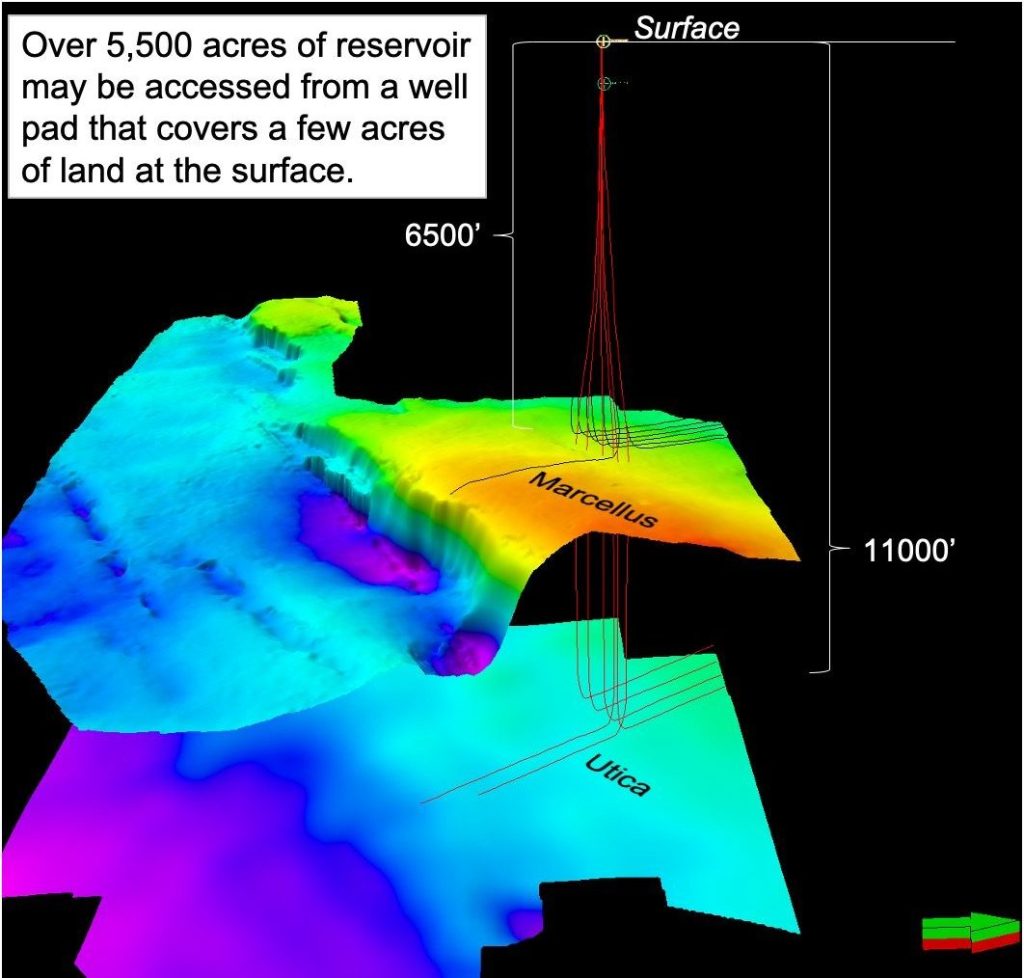Emergency Hotline
If you need to report an emergency, you can contact Seneca Resources 24 hours a day, 7 days a week at 1-800-526-2608 in Pennsylvania.
Landowner Questions
For landowner inquires or concerns, please contact The Land Department at 412-548-2600 or at landadmin@srcx.com.
More Access. Reduced impacts.
Our horizontal drilling technology produces greater access to the natural gas held in the formation as compared to traditional vertical gas wells that access a single point in the formation.
Drilling a Marcellus or Utica Shale well begins with drilling the vertical section of the well. The shallow zones are encased in several layers of heavy steel pipe and cement to protect ground water aquifers. As the drill approaches the targeted geologic formation, it is slowly directed into a horizontal orientation to drill the well directly into the target formation. As a result, thousands of feet of wellbore will be situated in the target zone for completion by hydraulic fracturing.
A major benefit of horizontal drilling is that many wells can be drilled at different locations within the respective formations from one single surface location or “pad.” For example, the configuration may look much like a fork. Seneca Resources has wells that are drilled down to anywhere from 5,000 to 13,000 feet below the surface of the ground and drilled out in the horizontal direction up to more than 15,000 feet. By drilling a number of horizontal wells from a single well pad, Seneca Resources significantly reduces the surface impacts that would otherwise be necessary if it were to develop the same reservoir using conventional vertical drilling techniques.

